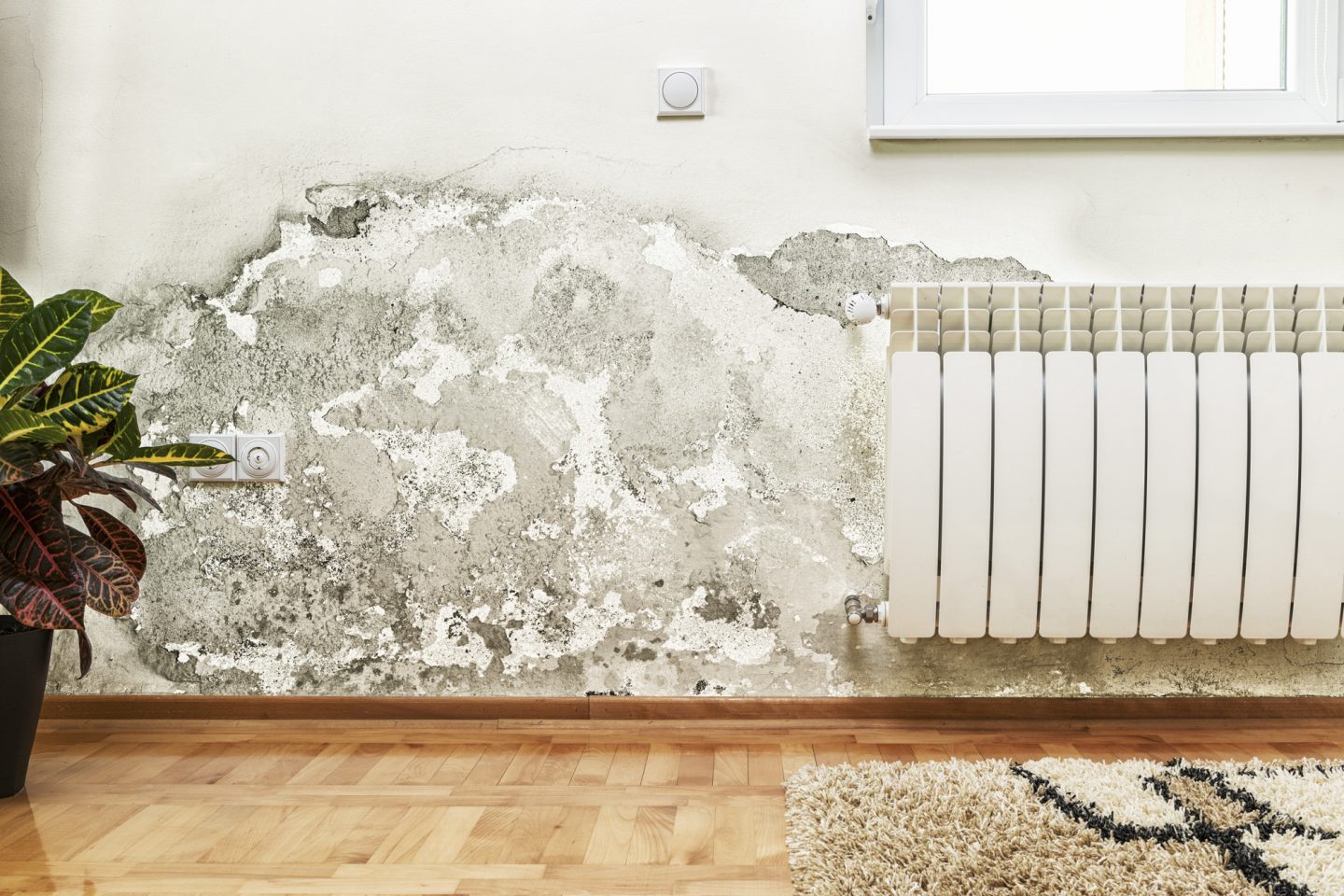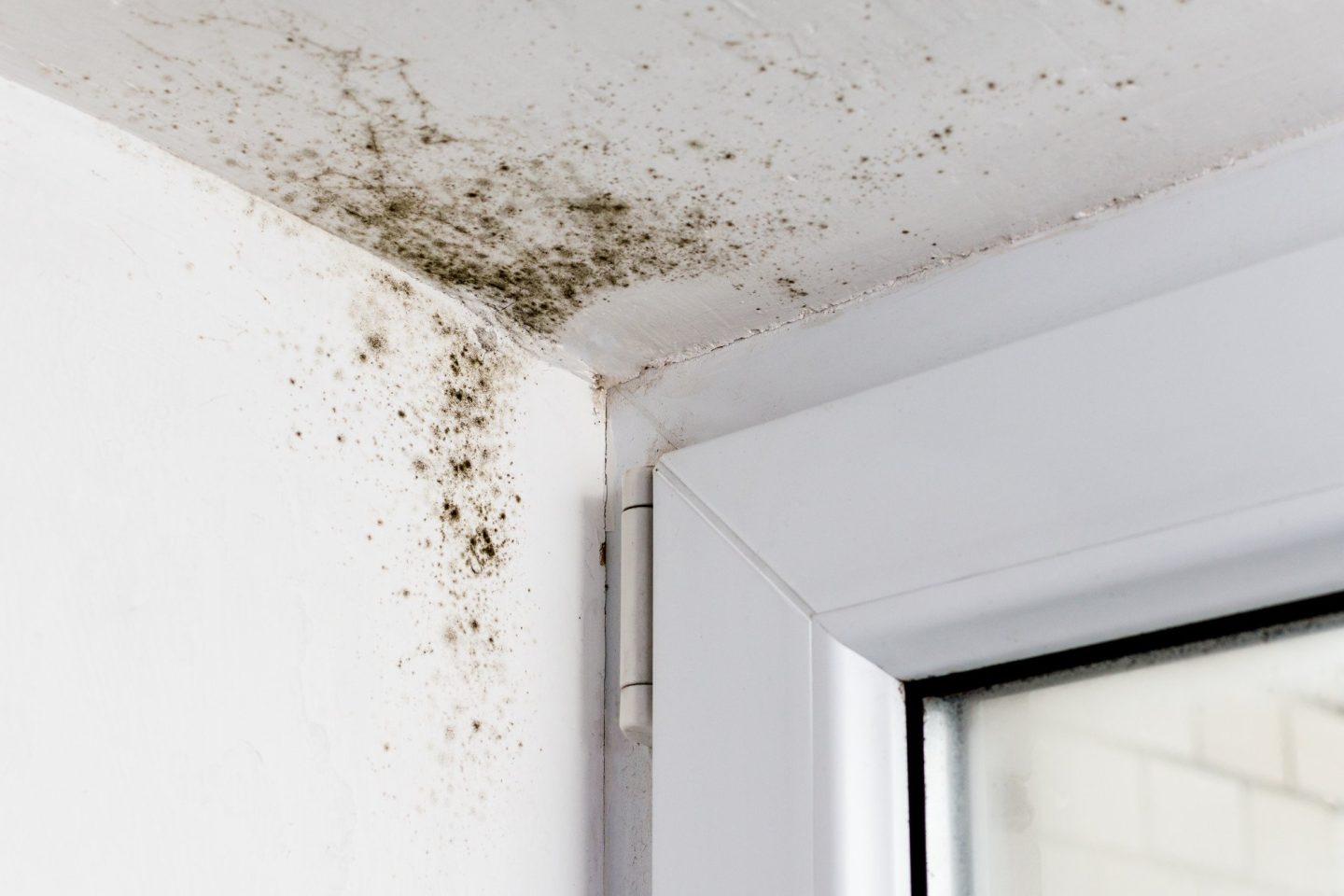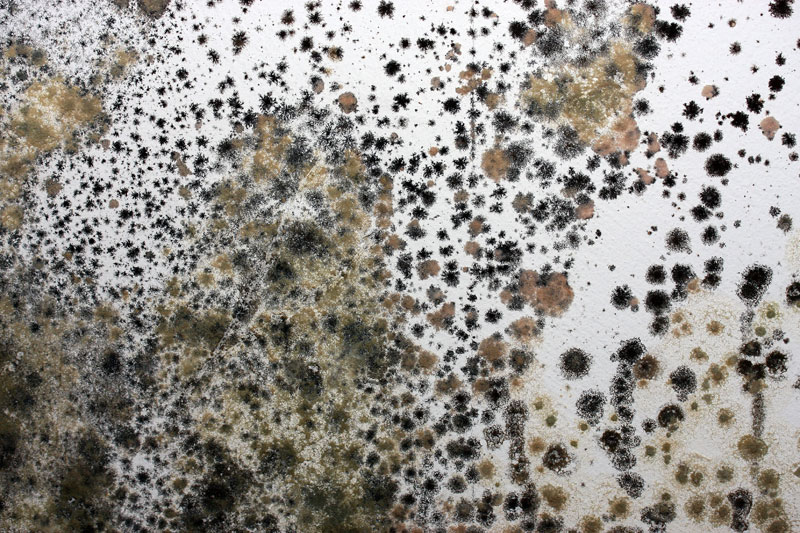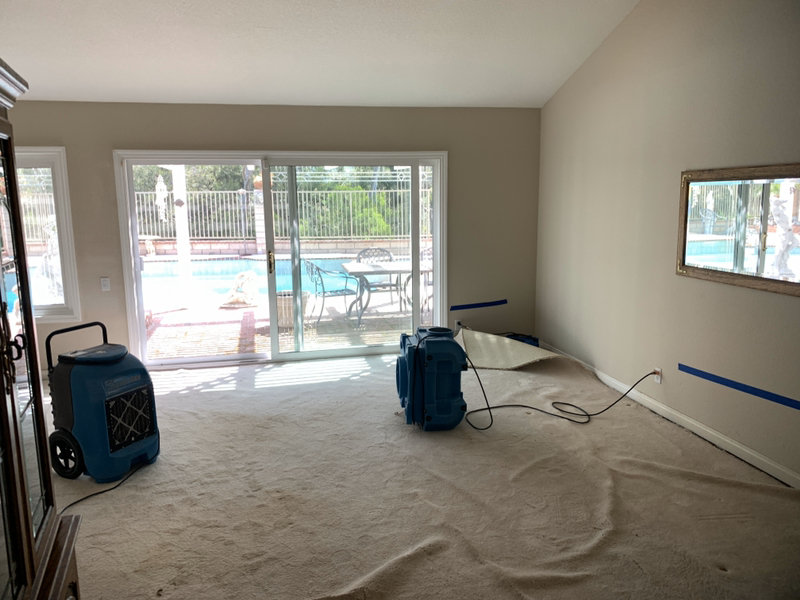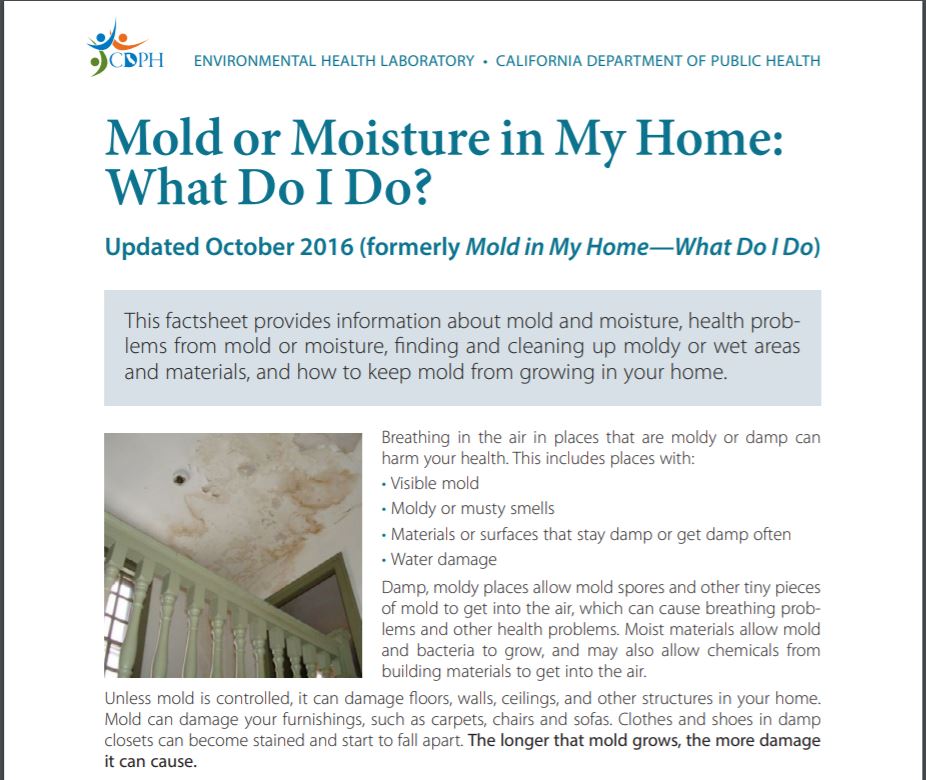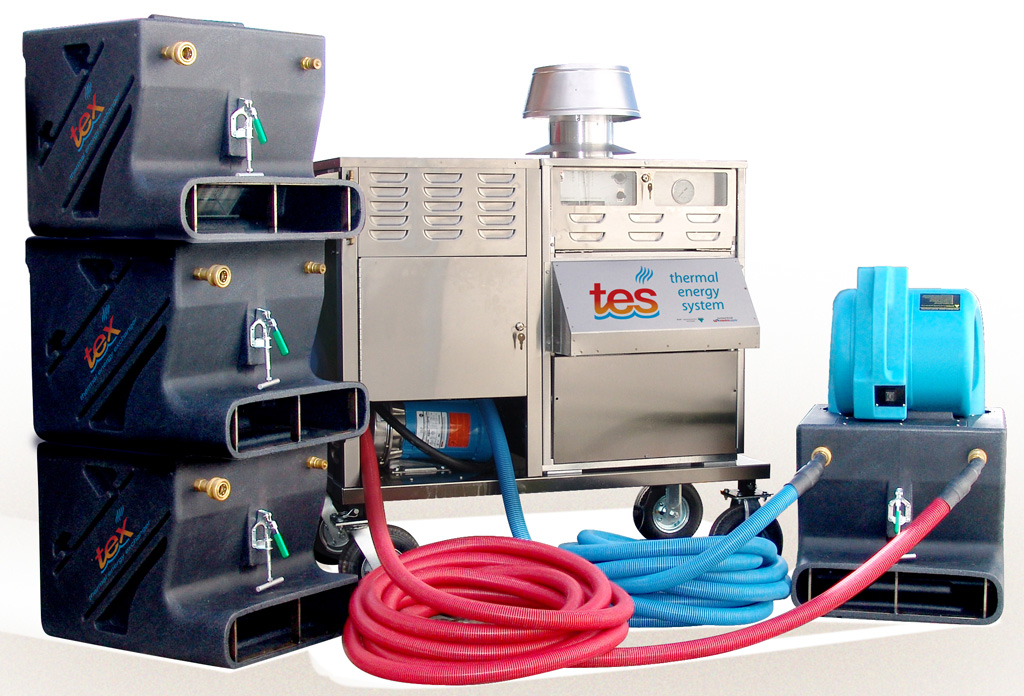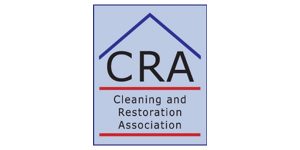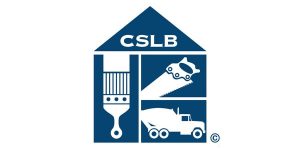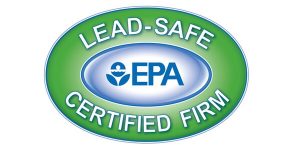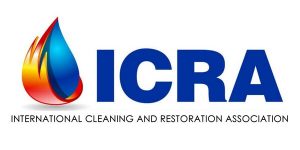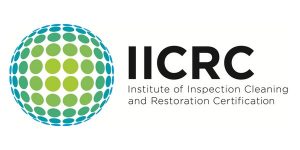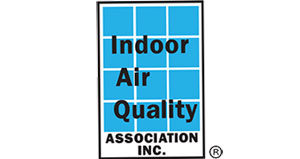Mold growth in homes is not just an aesthetic issue; it can have serious implications for both the structural integrity of your property and the […]
What Is the Difference Between Black Mold vs Regular Mold?
Did you know that around 70% of homes in the United States have some form of mold growth? It’s a common issue that many people […]
How to Prevent Mold After Water Damage
One in every fifty homes in the United States files water damage claims each year. Water damage is an unfortunate but uncontrollable property problem. Water damage […]
Carpet Mold
Carpet is one of the items most likely to experience mold after flooding. But even a “small” spill can lead to problems if it’s ignored. […]
Mold or Moisture in My Home: What do I do?
The California Department of Public Health is a great resource for information on Mold & Moisture! Here is what they say: Background: About Mold and […]
Advanced Drying Methods Will Save Time and Money
With any sort of water leak or intrusion the groundwork for damage is laid down within minutes, as moisture quickly soaks in too deeply for […]
Mold Basics
You’ve probably been hearing more and more about mold problems. That’s not some fad or industry promoting itself; there are two very good reasons behind […]
3 Reasons Why You Should Clean Up Mold Right Away
It’s easy to put off home maintenance, especially when it’s “just” a matter of a few fuzzy spots in the bath, kitchen, laundry room, or basement. […]

